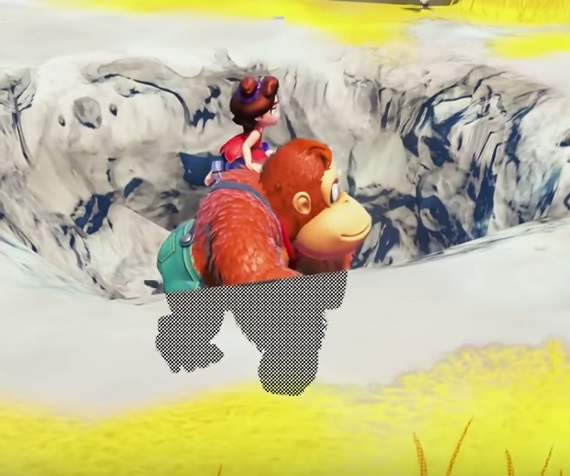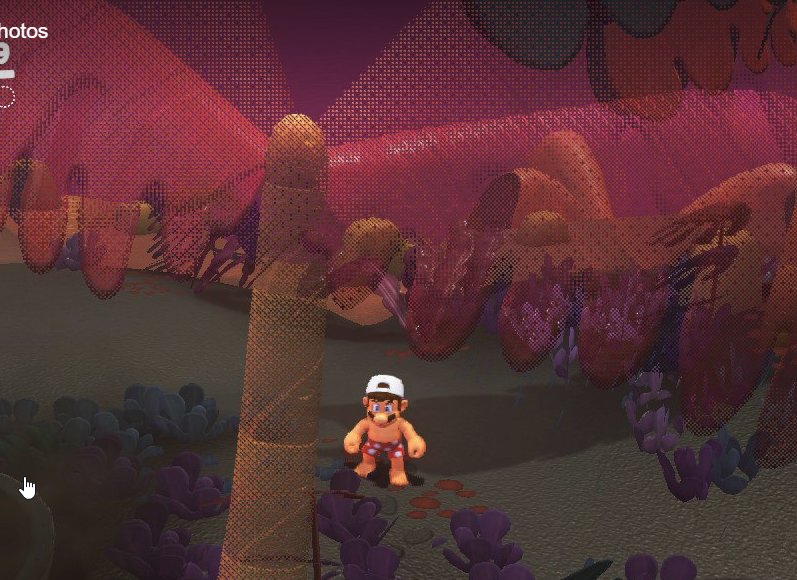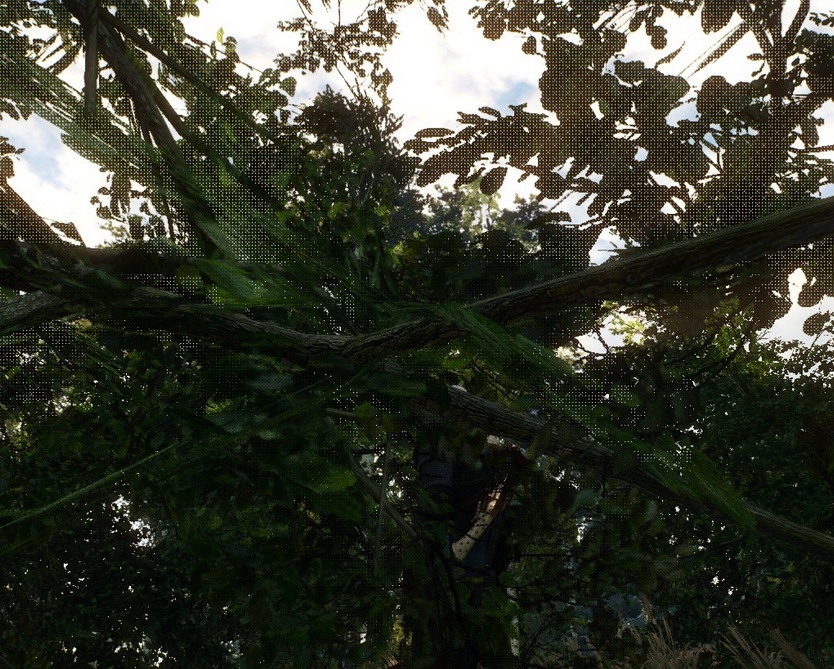bender
What time is it?
interestingly yes.
the PS2 was so good at layering transparencies on top of transparencies that porting games to other systems could be problematic.
the Xbox version of MGS2 runs worse than the PS2 version, despite the Xbox's GPU being more than 3 times as powerful in raw compute numbers... and the reason were transparency effects like rain and layered textures.
japanese devs struggled with the PS360 gen for similar reasons. they were used to just layering transparent layers on top of eachother, which worked on PS2, but completely destroyed perfomance on PS3 and 360.
the way many engines do transparent effects now btw is to use dithering and then smear the image to make it look transparent... yes, just like the fucking MegaDrive didbut now they do it through TAA instead of the CRT blur.
that's why many modern unreal engine games look broken if you turn off TAA, and why they usually don't let you.
Nintendo usually doesn't use TAA, and so they can't just smear the image to hide when they do perfomance saving measures like dithering. but in return you get a cleaner image that isn't butchered by TAA blur, TAA artifacts, and TAA motion trails
PS2 was a beast!




